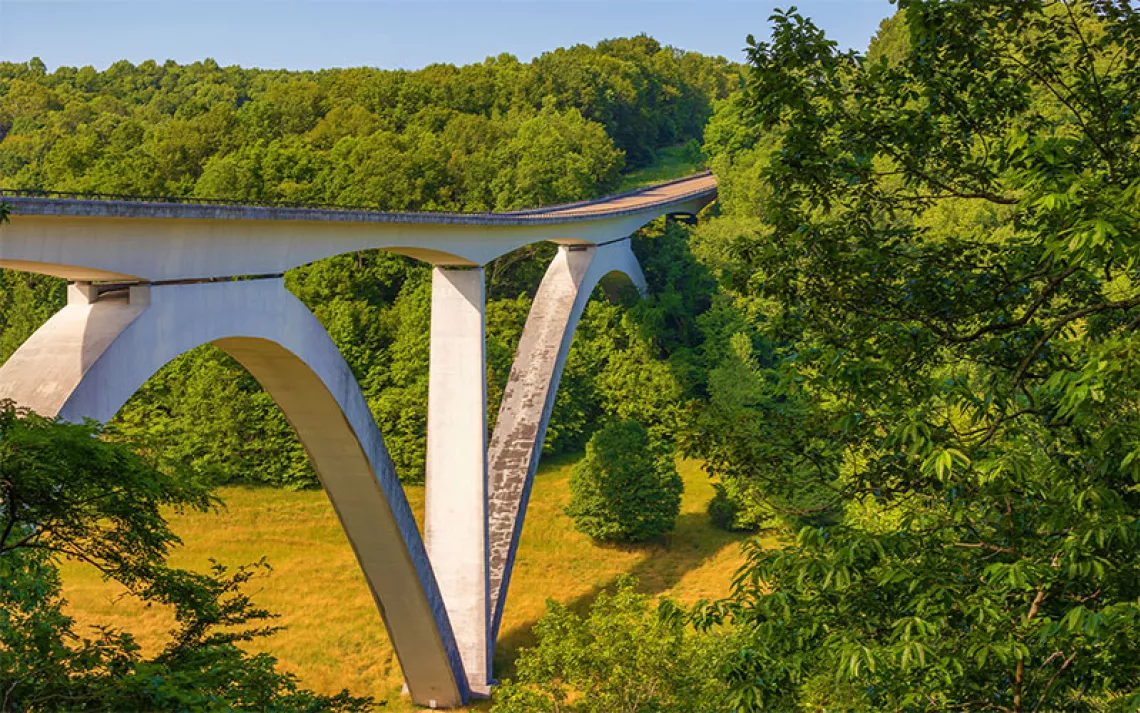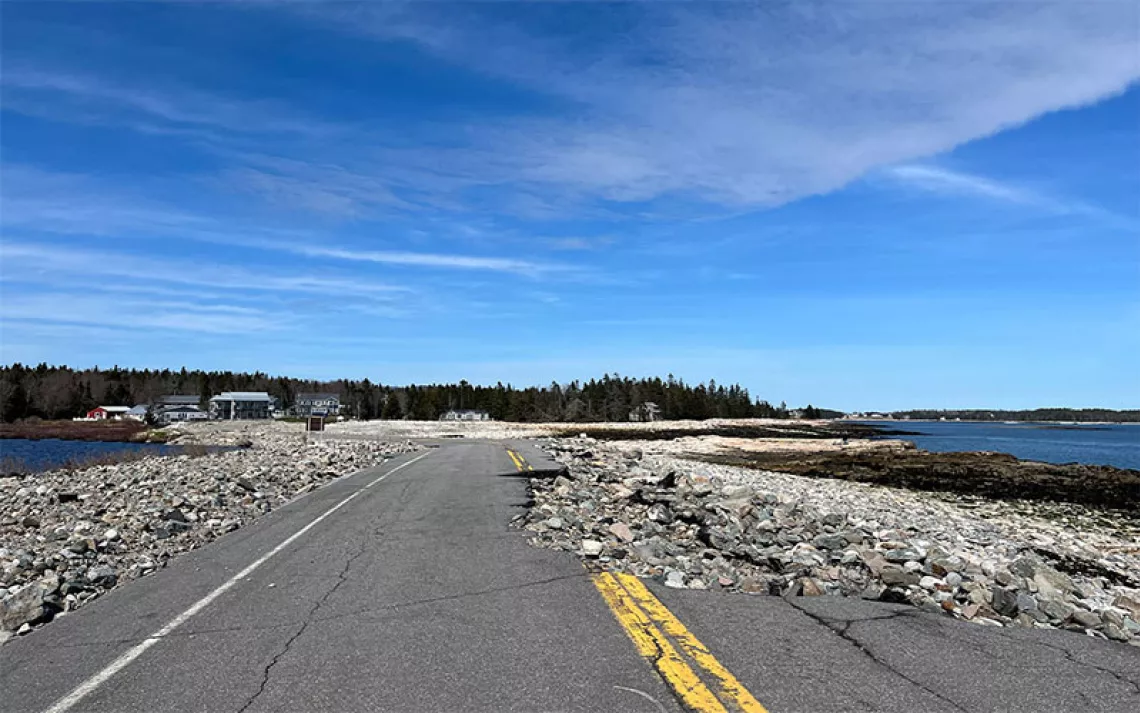How to Build a Better Campfire in the Great Outdoors
Campfires present a host of environmental dangers. These devices can help outdoor recreators burn better.

Photo by vgajic/iStock
Toasting a marshmallow over a campfire is a quintessential outdoor experience. Beyond providing warmth and a place to cook, campfires serve as a natural communal space for people to share stories and make memories in nature. But campfires aren’t always ideal for a number of reasons.
In some cases, especially in the West, our warming climate calls for campers to opt out of traditional fires. Hotter and drier summers mean that burn bans are increasingly in effect to prevent wildfires, 87 percent of which are human-caused. It takes only one stray spark to burn a forest down. And if your campfire does spark a blaze and you’re determined to be negligent, you can be held financially and criminally responsible.
Even when burn bans aren’t in effect, it’s difficult to “leave no trace” with a campfire. In backcountry areas, building a fire ring blackens rocks, scorches the earth, and leaves charred pieces of wood on the forest floor. Well-intentioned campers transporting firewood can introduce invasive species, and backyard burns can contribute to poor urban air quality.
To avoid these dangers, recreators can adapt their campfires to be more sustainable. In doing so, you don’t need to lose everything you love either. After all, are campfires about burning large logs, or is it a place to spend time with loved ones? Is it about the taste of food cooked in charred tinfoil, or the joy of cooking under the stars?
Once people expand their idea of what a campfire looks like, they can build it better. Many devices on the market allow outdoor adventurers to burn fires safely, and cleaner and with less environmental impact than ever before.
For the backpacker
For backcountry adventures, consider a wood-burning backpacking stove. Instead of single-use gas canisters, these stoves can run on just a handful of twigs. The internal airflow systems are designed so that once the stove reaches a certain temperature, fans are activated, stoking the fire and reducing smoke. These stoves get hot fast, making early-morning camp coffees a breeze. I used a friend’s stove on a camping trip and was surprised at how few sticks it needed to burn. Around the size of a French press, it comes with a variety of cooking accessories. This model even converts heat into electricity so you can charge your phone! Biolite CampStove 2+. $150
For gathering around a flame
Sometimes we just want to kick back around a fire with friends. These miniature concrete fireplaces burn on 91 percent isopropyl, or rubbing alcohol. This means that they burn clean with very little soot or carbon monoxide produced. Properly placed, with good ventilation, and on a stable surface, the thick concrete base dissipates heat and prevents damage to tabletops. Simply pour in the isopropyl alcohol and strike a match. The flame is easily snuffed out with the lid. They provide a campfire-like ambiance and a small flame safe to toast a marshmallow over. Best of all, they can be used indoors and outdoors alike—I keep mine on the coffee table and use it every week. Flikrfire, $50-$150
For leave-no-trace campfires, anywhere
For car-camping weekends, picnics, beach bonfires, and public park adventures, consider a pop-up fire pit. Folding up the size of a camp chair and weighing just eight pounds, they keep flames suspended to avoid scorching the ground. This has added benefits in winter snow or on damp ground, keeping fuel dry. The aluminum base reflects heat onto the fire, creating a higher temperature that allows the wood to burn more cleanly, use less fuel, and produce less smoke. On a recent camping trip to a state park on the Washington coast, I witnessed a line of RVers using this model, keeping their fires off the pavement. After you’re done, cleanup is easy: Extinguish the fire with water. The suspended design allows the metal to cool quickly. Just scoop up your ash and leave nature the way you found it. Fireside Outdoor Pop-Up Pit, starting at $100
For the open-fire chef
This folding stove takes campfire cooking to the next level. A 5"x5" cube built out of solid titanium or stainless steel, the Firebox is advertised as a “bombproof” stove that will last a lifetime. My uncle, an ice fisherman, has used his for years. It’s also adaptable to multiple fuel sources. When burning firewood, kindling can be inserted via two elevated slots on the sides of the stove. This allows for exceptional airflow, burning wood cleanly and channeling flames directly onto the pot or pan. Gas burners, alcohol burners, and charcoal briquettes can also be used. The stove is sturdy enough to accommodate a full-size frying pan or Dutch oven, and grill plate accessories allow for cooking meat or veggies directly over the flames. When you’re done with dinner, remove the ash pan to safely dispose of any coals and fold the stove flat. 5" G2 Firebox, starting at $75
For backyard adventurers
You don’t need to go far to enjoy time in nature. An improved fire pit can be a worthwhile investment in your backyard environment. My neighbor purchased one during the pandemic for outdoor gatherings and swears by it. This round, stainless steel fire pit is designed to burn wood so completely that it is virtually smokeless, reducing air pollution and allowing friends and family to gather comfortably around the flames. It weighs about 20 pounds and can be moved around while cool. Ventilation holes at the bottom allow for steady airflow, inner walls reflect heat onto the fuel, and a specially designed stand keeps the fire pit elevated to prevent scorching the earth or your back deck. After the fire has burned down, a removable ashtray makes cleanup easy. And if you’re looking to go above and beyond in backyard cooking, there is an optional pizza oven accessory. Solo Stoves backyard fire pits + stands $265-$550; Pi Fire pizza oven $355
 The Magazine of The Sierra Club
The Magazine of The Sierra Club



